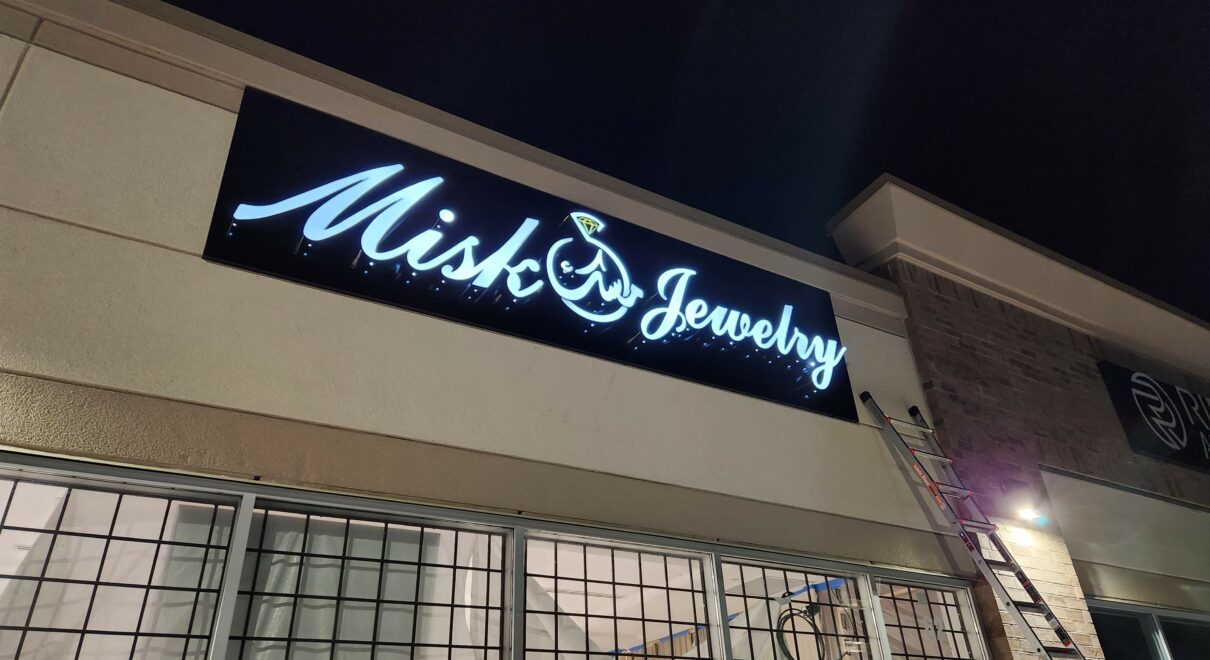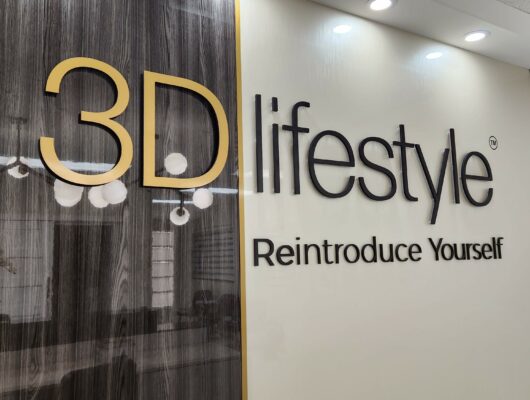The right signage does more than identify your business—it speaks directly to your customers and shapes their first impression. With so many signage options available, it’s easy to feel overwhelmed. From size and style to lighting and installation, each decision impacts visibility, branding, and compliance.
In this guide, we’ll walk through the essential steps and factors to consider when selecting a sign for your business. Whether you’re a new business in Mississauga or rebranding an existing location, this guide will help you make an informed, strategic choice.
Step 1: Understand Your Goals
Before choosing any sign, determine its primary purpose. Are you looking to:
- Attract foot traffic?
- Improve visibility from the road?
- Reinforce your branding?
- Promote a sale or event?
Your objective will shape everything from the size and placement to the materials used.
Step 2: Know Your Local Regulations
Mississauga, like many municipalities, has strict signage bylaws. Factors such as maximum size, illumination, and zoning restrictions will affect what’s allowed.
Tip: Always work with a professional signage company that understands local permitting to avoid delays or fines.
Step 3: Consider Your Location and Visibility
Think about where your business is situated:
- Are you on a busy road or inside a mall?
- Are there obstacles like trees or poles?
- What’s the average viewing distance?
High-traffic areas may require larger signs like pylon or channel letters, while offices might opt for window or monument signage.
Step 4: Choose the Right Type of Sign
Here are some common sign types to consider:
- Storefront signs (channel letters, backlit signs)
- Pylon or monument signs (roadside visibility)
- Window graphics (for promotions or privacy)
- Interior signage (wayfinding and brand presence)
- Vehicle graphics (mobile exposure)
Each has its role in a well-rounded signage strategy.
Step 5: Prioritize Branding Consistency
Your signage should align with your overall brand identity—including fonts, colors, and tone. A mismatched or outdated sign can confuse or deter potential customers.
Pro tip: If you’ve recently updated your logo or brand colors, ensure all signage reflects the change.
Step 6: Select Durable Materials
Materials affect both aesthetics and longevity. For outdoor signs, opt for weather-resistant materials like aluminum, acrylic, or HDU (high-density urethane). Indoor signs may use lighter materials such as foam board or vinyl.
Step 7: Lighting Options
Illuminated signage increases visibility at night and makes your brand stand out. Options include:
- LED backlighting
- Face-lit channel letters
- Edge lighting for interior signs
Lighting is especially important for storefront signs in Mississauga’s long winter evenings.
Step 8: Get Professional Installation
Even the best-designed sign will underperform if poorly installed. A qualified signage company ensures proper mounting, safety compliance, and electrical hookup (if needed).
Conclusion
Choosing the right sign is a strategic business decision that impacts brand image, customer engagement, and overall visibility. At Signsland, we help Mississauga businesses navigate every step—from design and permits to production and installation. Let’s build a sign that reflects the quality of your business.




